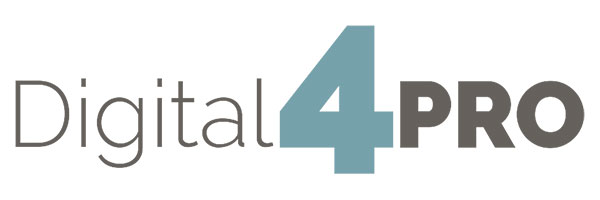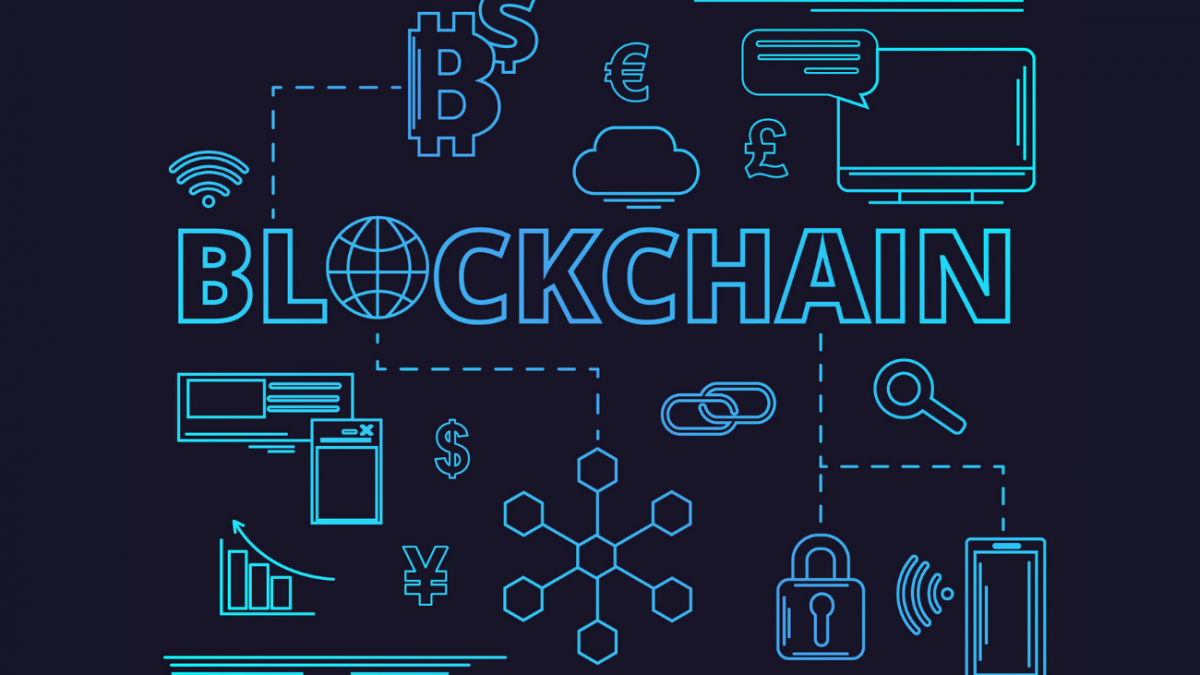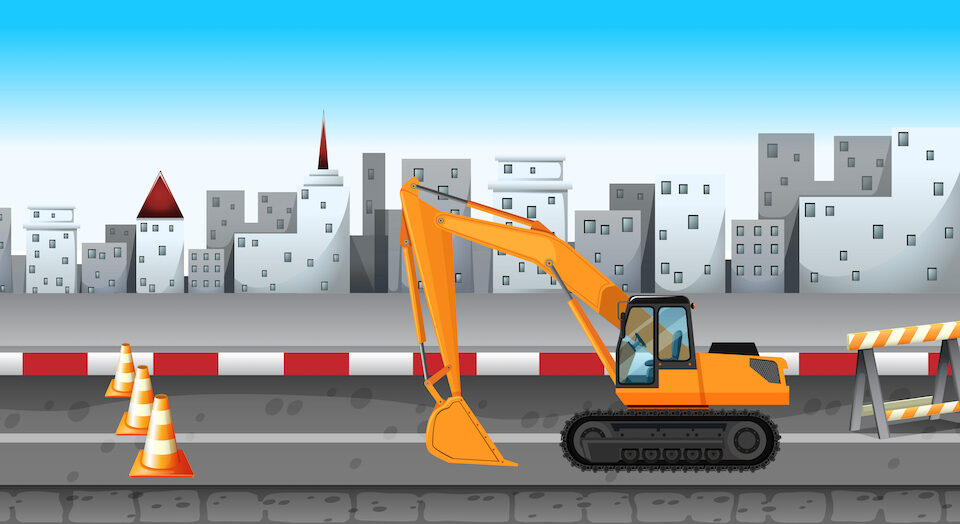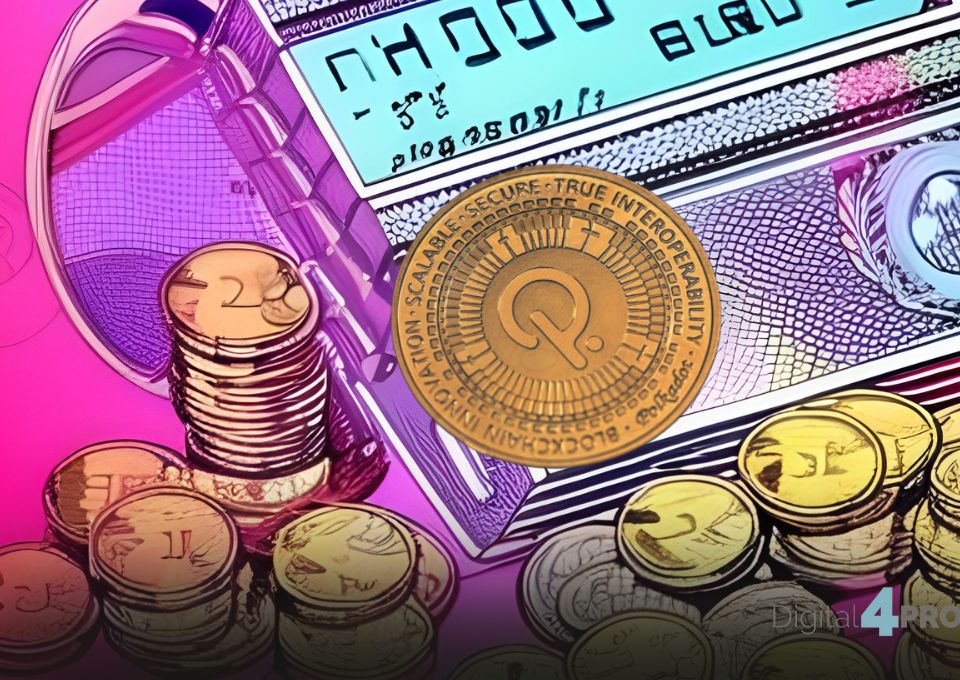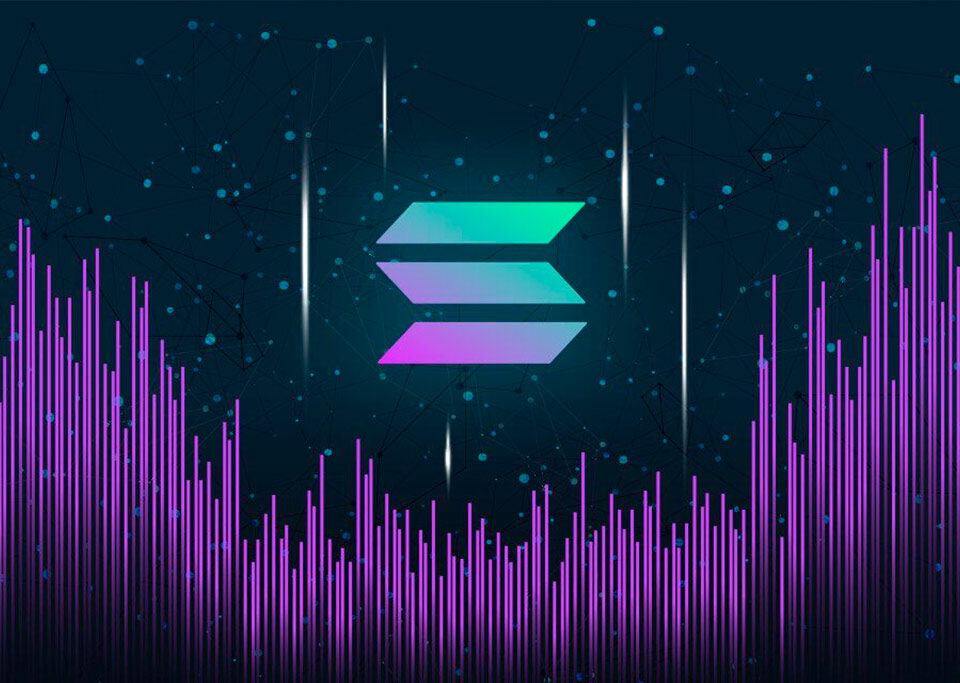- Mail:
- info@digital4pro.com
Blockchain: When is it needed?

Blockchain: Quando serve?
13 Ottobre 2020
Awareness, ethics and digital themes for sustainable growth
14 Ottobre 2020As often happens with new technologies, even for the blockchain the intrinsic value does not lie in the technology, but in the organization. It also occurs for DevOps in software production as well as for the adoption of Software Defined networks (SDN) or Software-Defined Infrastructure (SDI).
The real challenge, but ultimately the competitive advantage, lies in the organization, not mere technology. In the case of blockchains more than ever, since the blockchain does not do itself.
As Mauro Bellini writes in his splendid text: “The blockchain is a paradigm, based on a new technology and on a new organization that many companies adopt to improve, all together, the management of business, processes, transactions or many others. aspects of doing business. Therefore, the blockchain is not adopted, but it is “participated”.
The blockchain is a digital ledger whose entries are grouped into blocks, concatenated in chronological order, and whose integrity is guaranteed by the use of cryptography.
The blockchain has no reason to be adopted among a limited number of subjects whose relationships are historically consolidated and there is mutual trust between them. The blockchain, on the other hand, provides an enormous contribution in cases where you want to make more efficient, speed up and secure relationships between subjects making up a heterogeneous ecosystem that take the form of transactions, payments, contractual relationships, sharing of data or verifications and certifications.
But, when should you consider using a blockchain?
- When it comes to managing transactions or otherwise relationships between a significant number of organizations. If the number of parties involved is limited, however, the adoption of a blockchain is not convenient.
- When the type of organizations involved in the process to be managed is heterogeneous. This is the case of a production chain for example. If the subjects involved in the process are rather homogeneous, the adoption of a blockchain is not convenient.
- When the organizations involved in the process are not known a priori and do not already have reliable and consolidated relationships. if the parties involved in the process are already integrated and a relationship of trust exists between them, the adoption of a blockchain may not be convenient.
- When all those involved or those who can be involved see the opportunity to belong to a community that provides for common processes.
- When the organizations belonging to the community want to share data and information massively while protecting them at the same time. Everyone must import data into the blockchain respecting the established rules.
- When all the players already have a good level of process digitization. Otherwise the blockchain is not feasible.
- When you want to enhance information, product or service assets by token.
- When each person involved accepts and considers the sharing of information and transactions a value.
- When all those involved consider the immutability of information and transactions, data and archives to be a value. The blockchain guarantees that all subjects can verify the data and that no one can modify it.
- When all those involved in the community want to accept a system of rules and processes that deeply affect the organization as well as requiring new skills.
Blockchain technology enters the digital transformation process of organizations by creating value, replacing centralized subjects, in the sharing of assets that are not necessarily economic. But the challenge, for those who will be able to take it up, is first of all organizational.
Bibliography:
- La blockchain per le imprese, Mauro Bellini
- https://www.blockchain4innovation.it/esperti/blockchain-perche-e-cosi-importante/, Mauro Bellini
